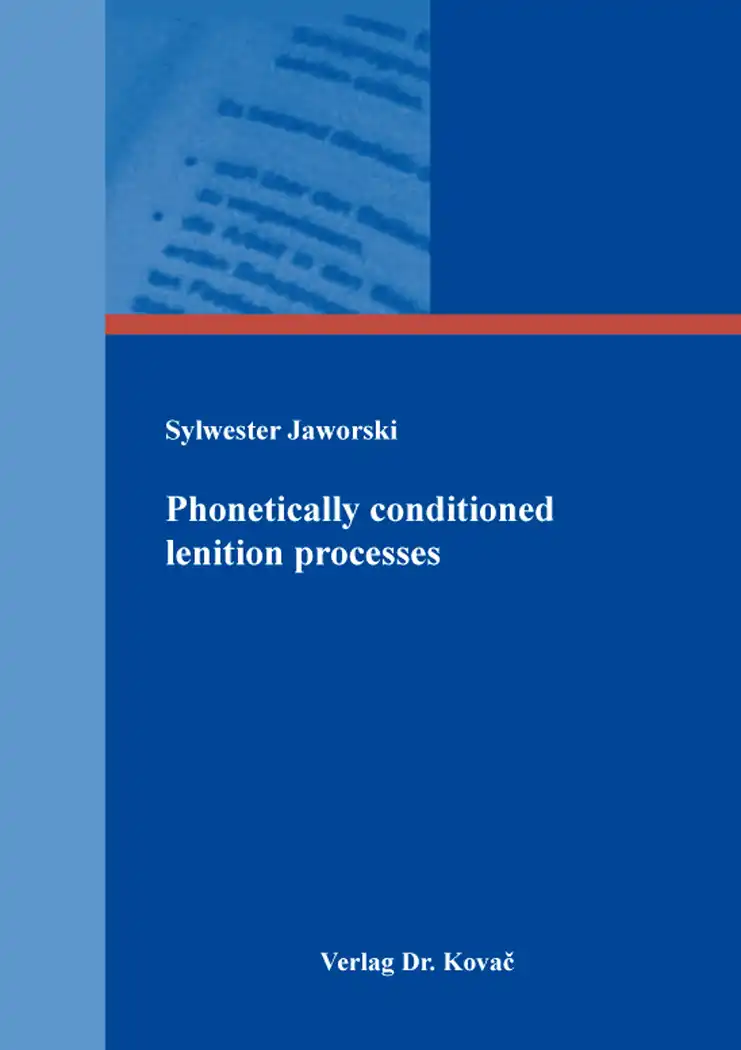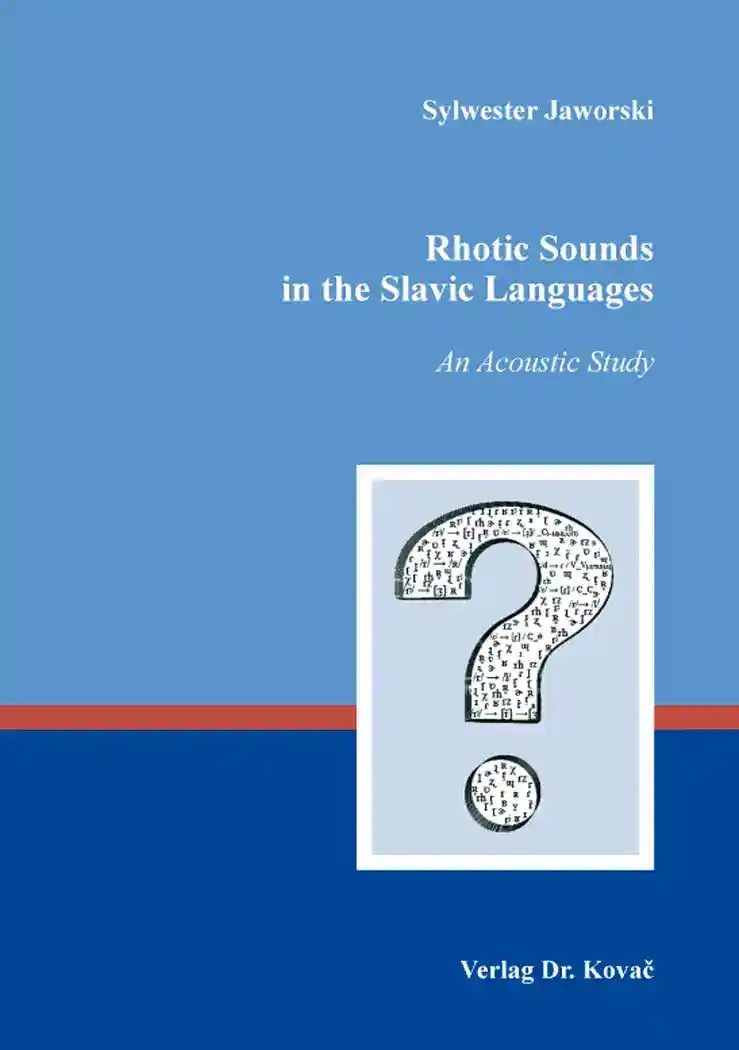Sylwester JaworskiPhonetically conditioned lenition processes
– in englischer Sprache –
PHILOLOGIA – Sprachwissenschaftliche Forschungsergebnisse, Band 274
Hamburg 2024, 178 Seiten
ISBN 978-3-339-13726-5 (Print) |ISBN 978-3-339-13727-2 (eBook)
Zum Inhalt
The term phonetically-conditioned lenition processes, which is also the title of the book, refers to the phonological processes whose output is thought to be linked directly to physical properties of the speech apparatus, of which inertia appears to be particularly important. Given that the influence of inertia manifests itself in accelerated movements when the moving organ needs to abruptly change direction, phonetically-conditioned processes are likely to take place in CVC and VCV sequences, where C and V stand for consonant and vowel respectively.
The present book reports the results of a study whose primary objective was to determine the extent to which English, Polish, Russian and Spanish sounds are affected in fast speech. The processes analysed in this work include: (i) phonetic vowel reduction, (ii) vowel deletion and (iii) spirantisation. An attempt was also made to establish whether the sounds undergoing a given process form a hierarchy of susceptibility to inertia and whether the environments in which a certain process takes place are equally conducive to it.
With regard to (i), the susceptibility to inertia of a vowel sound was determined by calculating the Euclidean distance between the mean values of slow and fast speech realisations of the vowels. As for (ii), the influence of inertia manifested itself in higher deletion rates in fast speech. Finally, as regards spirantisation, differences in the number of spirantised plosives in slow, natural and fast speech were used to determine whether the process is inertial.
The obtained results point out to the conclusion that the sounds undergoing a given process are not equally susceptible to it, nor are the contexts in which a certain process occurs equally conducive to it. With respect to phonetic reduction, it is the high vowels /i/ and /u/ that are particularly prone to phonetic change in the four languages. As far as spirantisation is concerned, the velar plosives tend to be more susceptible to the processes than bilabial or alveolar/dental ones. As regards vowel deletion, CVC sequences including two homorganic fricatives are by far the most conducive to the process. In addition to that, it was established that spirantisation is more likely to happen between two low vowels than in any other environment. With respect to vowel elision, the highest delition rates were attested in CVC combinations which included to voiceless fricatives.
Schlagworte
Akustische PhonetikDelitionLenisierungLinguistikPhonetikPhonologieReduktionSpirantisierungIhr Werk im Verlag Dr. Kovač

Möchten Sie Ihre wissenschaftliche Arbeit publizieren? Erfahren Sie mehr über unsere günstigen Konditionen und unseren Service für Autorinnen und Autoren.
Weiteres Buch des Autors
Rhotic Sounds in the Slavic Languages
An Acoustic Study
Hamburg 2018, ISBN 978-3-8300-9895-9 (Print) |ISBN 978-3-339-09895-5 (eBook)

